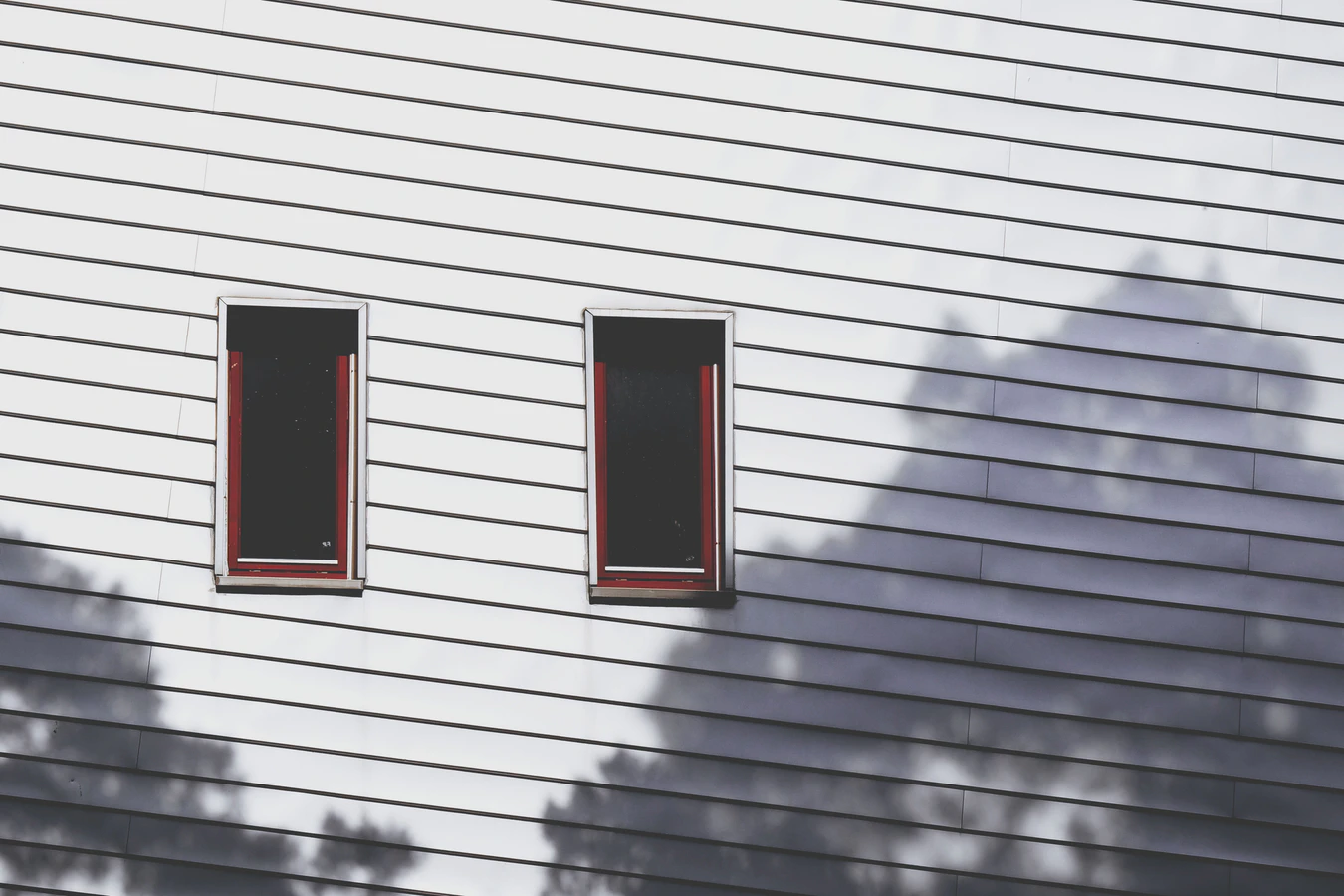Photo by Ricky Singh on Unsplash
Getting siding for your home is always an attractive option, and it is also a popular one. If you drive through a housing development with new homes going up, do not be surprised if you see siding heavily featured in the new construction.
You can contact Primo Sidings if you are interested in getting siding for your home. Which is the best option in terms of materials, though? Let’s take a little time to talk about some of the different options that are superior in terms of sustainability.
What Does Sustainability Mean In This Context?
First, let’s briefly go over what “sustainability” means. In this context, when you talk about sustainable siding, you’re probably referring to it as non-toxic and biodegradable.
You want one that can be recycled more easily. You also might want a lightweight one that is easier to install. Finally, sustainability probably means the efficiency of the material in question. That refers to how cool it keeps your home in the summer and how warm it keeps your home in the winter.
Now, let’s talk about some of the different siding material options.
Composite Siding
Composite siding, also sometimes called engineered wood siding, is made of sustainable scrap wood bound together in an ingenious method using polymer resins from recycled plastics.
It’s not as sustainable as siding made from 100% real wood, but it’s not that bad, either. It is certainly better than siding made of plastic. This option is durable, easy to install, and tends to last a long time.
Fiber Cement Siding
Fiber cement siding is quite eco-friendly. The boards are made from various natural materials, usually including wood fibers and sand. They require very little maintenance and last a long time. You can also recycle it at the end of its lifecycle.
Not all fiber siding is efficient, though. If you’re not sure, look for details of each brand on its website. If you’re installing it yourself, always wear the appropriate protective gear. An installation project will usually release silica dust into the air.
Metal Siding
Metal siding offers many benefits in the sustainability department. It generally consists of recycled aluminum and steel, which can be recycled again at the end of its lifespan.
Metal siding also requires little maintenance. However, it is not as energy-efficient as some others on this list.
Vinyl Siding
Vinyl siding is very popular these days. It is lightweight, energy-efficient, and requires little maintenance. However, it is usually made from PVC.
That material is not great for humans or the environment. When exposed to intense heat, it can also release toxins into the air.
Wood Siding
Wood siding is naturally occurring, biodegradable, and non-toxic. However, that does not necessarily make it sustainable. If you opt for this option, you’ll want to make sure you’re getting wood siding from responsibly sourced and harvested locales.










